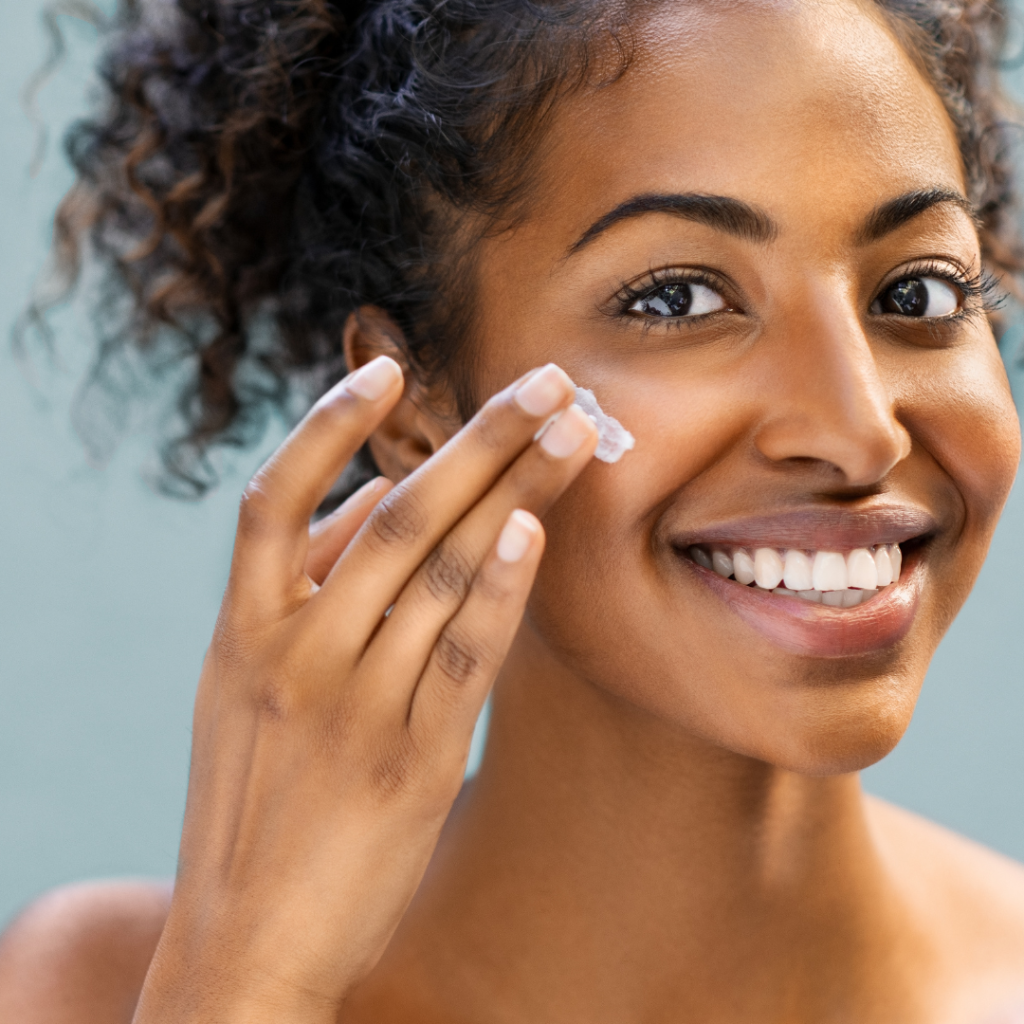Prejuvenation
Treatments RIO offers for Prejuvenation are:

“Prejuvenation” is a term that has gained popularity in dermatology and aesthetics, referring to the proactive approach to skin care aimed at slowing down the aging process. The concept combines “prevention” with “rejuvenation” and involves starting treatments early in life to prevent or delay the signs of aging, rather than waiting for these signs to appear before acting.
Prejuvenation strategies may include:
Sun Protection: Regular use of sunscreen with a high SPF to protect the skin from UV damage, which is a leading cause of premature skin aging.
Topical Antioxidants: Using products that contain antioxidants like vitamin C, vitamin E, or ferulic acid, which can protect the skin from environmental damage.
Retinoids: Applying retinoids which can stimulate collagen production, thus maintaining skin’s elasticity and firmness.
Moisturizers: Keeping the skin well-hydrated to maintain its barrier function and prevent dryness and irritation.
Healthy Lifestyle: Following a healthy diet rich in fruits, vegetables, and omega-3 fatty acids, getting enough sleep, managing stress, and avoiding smoking and excessive alcohol consumption.
Cosmetic Treatments: This might include non-invasive procedures such as chemical peels, microdermabrasion, facials, laser treatments, and even injectables like botulinum toxin (Botox) or hyaluronic acid fillers to address fine lines and maintain a youthful appearance.
By starting these practices early, individuals aim to maintain their youthful appearance for as long as possible and potentially reduce the need for more invasive procedures later in life. It’s an approach that emphasizes maintenance over correction.
It’s essential for anyone considering a prejuvenation regimen to consult with a qualified skincare professional to determine the most appropriate and effective treatments based on their individual skin type and concerns.
Dark circles
Dark circles under the eyes are a common cosmetic concern that can be attributed to a variety of factors. They often appear as a result of the thin layer of skin below the eyes showing the blood vessels and the blood they contain more clearly than anywhere else on the body. This thin skin can make the area appear darker than the surrounding facial skin.
Here are some common causes and contributing factors for the development of dark circles:
Genetics: Family history can play a role in developing dark circles under the eyes. They can be an inherited trait seen in early childhood, and may worsen as you age or slowly disappear.
Aging: The skin under the eyes thins as you get older because you lose fat and collagen, and this can make the reddish-blue blood vessels under your eyes more prominent.
Sleep Deprivation: A lack of sleep can make your skin appear more pale, which allows for dark tissues and blood vessels beneath your skin to show.
Lifestyle Factors: Factors such as stress, smoking, and chronic alcohol consumption can contribute to the problem.
Allergies: Allergic reactions and eye dryness can trigger dark circles. When you have an allergic reaction, your body release histamines as a response to harmful bacteria. Other than causing uncomfortable symptoms—including itchiness, redness, and puffy eyes—histamines also cause your blood vessels to dilate and become more visible beneath your skin.
Dehydration: Dehydration is a common cause of dark circles under your eyes. When your body is not receiving the proper amount of water, the skin beneath your eyes begins to look dull and your eyes look sunken.
Sun Overexposure: Overexposure to the sun can cause your body to produce an excess of melanin, the pigment that provides your skin with color. Too much sun — particularly for your eyes — can cause pigmentation in the surrounding skin to darken.
Medical Conditions: Conditions such as thyroid disease can cause dark circles.
Treatments for dark circles vary depending on the cause. They may include:
- Home Remedies: Such as cold compresses, extra pillows to elevate the head during sleep, and ample sleep.
- Skin-Lightening Creams: Products containing ingredients like kojic acid, glycolic acid, and hydroquinone can lighten dark pigmentation under the eyes.
- Medical Treatments: These can include topical retinoic acid, chemical peels, laser therapy, and fillers if the dark circles are due to thinning skin or fat loss beneath the eye.
- Surgical Options: In severe cases, fat grafting or implants can be considered.
It is important to note that the skin around the eyes is very delicate, and any treatments should be used with caution and ideally under the guidance of a dermatologist.
